I have only one activity in my app. Before I just stored my views and dialogs static in the activity, so I could access them from anywhere. But I know that this is bad practice because it leads to memory leaks.
So I made them non-static, but now I need to have a reference to my activity deep down in my view hierarchy, to access the views and dialogs stored in the activity.
Example:
My MainActivity has a dialog called a and a custom view called b. How can the onClick method of b show the dialog a?

or in code:
public class MainActivity extends Activity {
private CustomDialog a;
private CustomView b;
@Override
protected void onCreate(Bundle savedInstanceState) {
a = new CustomDialog(this);
b = new CustomView(this);
}
}
public class CustomView extends Button implements OnClickListener {
public CustomView(Context context) {
super(context);
setOnClickListener(this);
}
@Override
public void onClick(View view) {
//wants to show dialog a
MainActivity.a.show(); //Not possible -> a is not static
mainActivity.a.show(); //<-- needs a reference of the activity
// but where from?
}
}
MainActivity mainActivity = (MainActivity) getContext(); won't work because getContext() is not always an activity context.
UPDATE:
I posted an answer below! For some reasons StackOverflow only lets me accept my own answer in two days